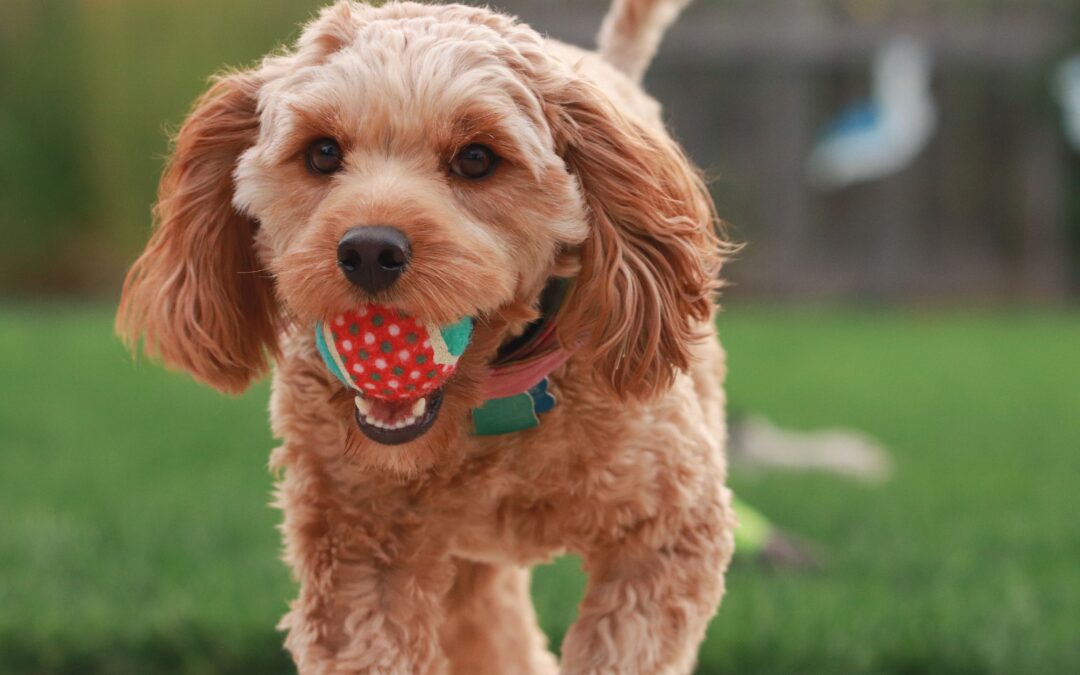The dog that does not know when to switch off and settle can be a menace. We all know the type; once engaged in an activity he enjoys your dog will not stop pestering, whether he is leaping around, barking, whining, nudging you or pacing. If the the owner gives in and resumes the desired activity then the dog learns the ‘demanding’ behaviour gets him a ‘rewarding’ outcome.
A common example is the dog that gets frenetic playing fetch and cannot settle or switch off after the game and may bark, whine or persistently jump up for more. Of course, the only thing that stops that behaviour is another throw of the ball and a catch-22 soon develops. The owner starts to dread playing any games with a ball and the dog loses out on vital enrichment and team work.
Most dog owners, especially owners of highly driven working types, should view teaching impulse control as an essential doggy life skill. Teaching the young dog to learn to switch off on cue is a vital part of the broader journey to greater self-control. Learning that a resource (attention, treats, toys, exercise or a game) is no longer available and the dog has to wait until ‘next time’ and quietly settle and switch off until then, can be helpful in so many ways.
The first step is to choose your cue word or phrase: ‘enough’,’ all gone’ ‘that’ll do or ‘finished’ are all options. I also like to use a hand signal, like a crossed hands gesture, along with my verbal cue.
One way to start is to teach the cue on a simple ‘find’ exercise. If you try to first introduce this on a high energy ball game or tuggy, your dog could end up getting frustrated, which will hinder learning. Start with a calmer activity to establish the cue.
How to teach a ‘switch off’ cue.
- Have another family member or friend gently hold your dog while you place a few bits of kibble a couple of feet in front of the dog.
- Go back to the dog and say ‘find’ and gesture to the kibble.
- Your dog is close enough to see and smell the kibble and will go and gobble it up.
- Repeat a few times.
- Now use your cue word ‘finished’ make a crossed hands gesture where your dog can see you, and walk away.
- Place a chew or similar in your dog’s resting place.
- Ignore any whining, barking, pacing or nudging.
- When and if your dog goes to their resting area, lies down and starts to chew, give quiet, calm praise.
- Keep practising with short training sessions at different times of the day and in different contexts.
- If your dog gets very excited around food then use the lowest value food items you can.
Once your cue is established, start to introduce it with different activities. If your dog is very persistent at ‘fetch’ then try using the cue in a short duration garden or indoor game first. Once your dog has had a few goes but is not hyped up, give your cue, pocket the toy and put it away, well out of reach. Ensure there is a treat or chew in the dog’s settle area. Do not give in to any sort of demand from your dog. As and when they settle- and this may take a while- give quiet praise. Slowly build to more high arousal sessions.
Leonie St Clair| www.londondogstraining.co.uk

